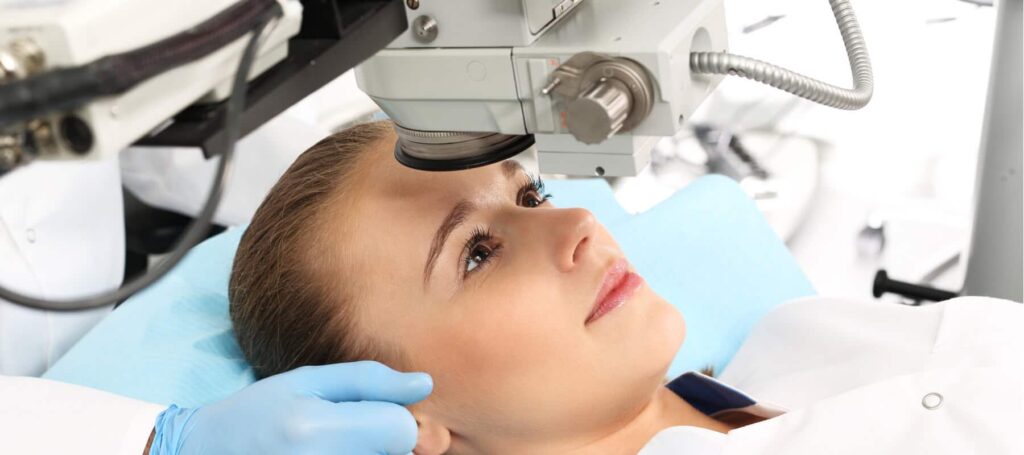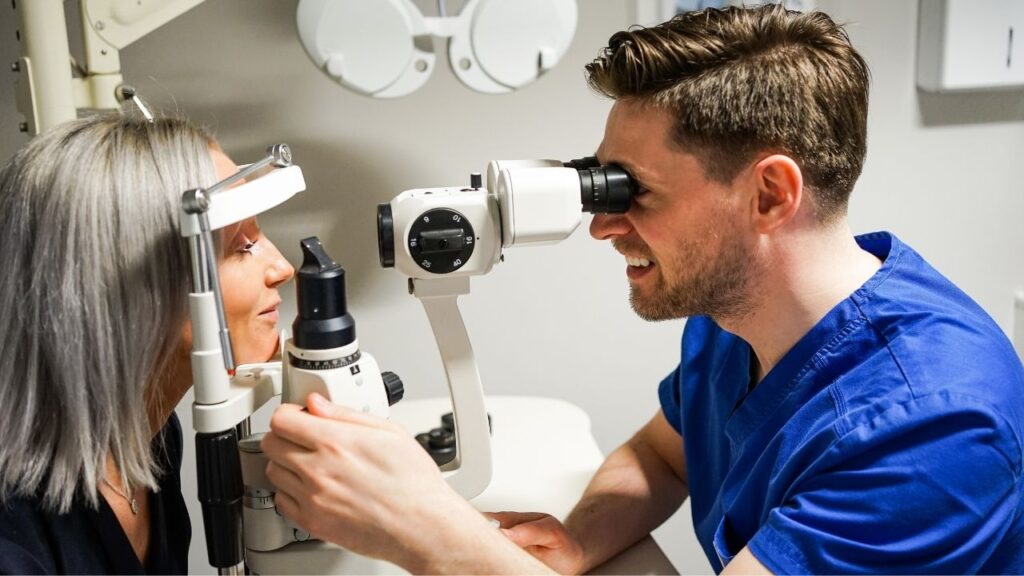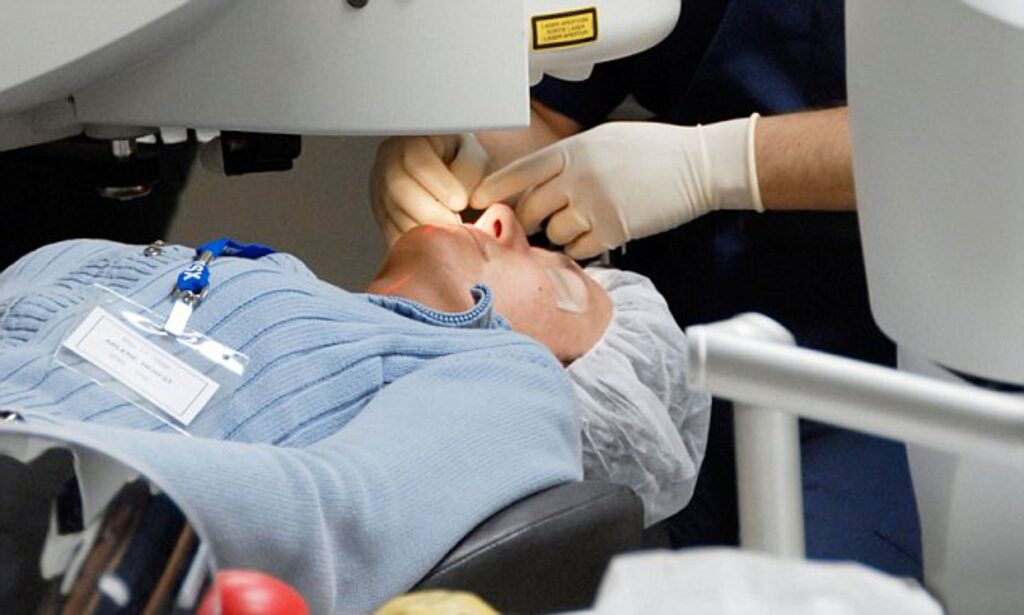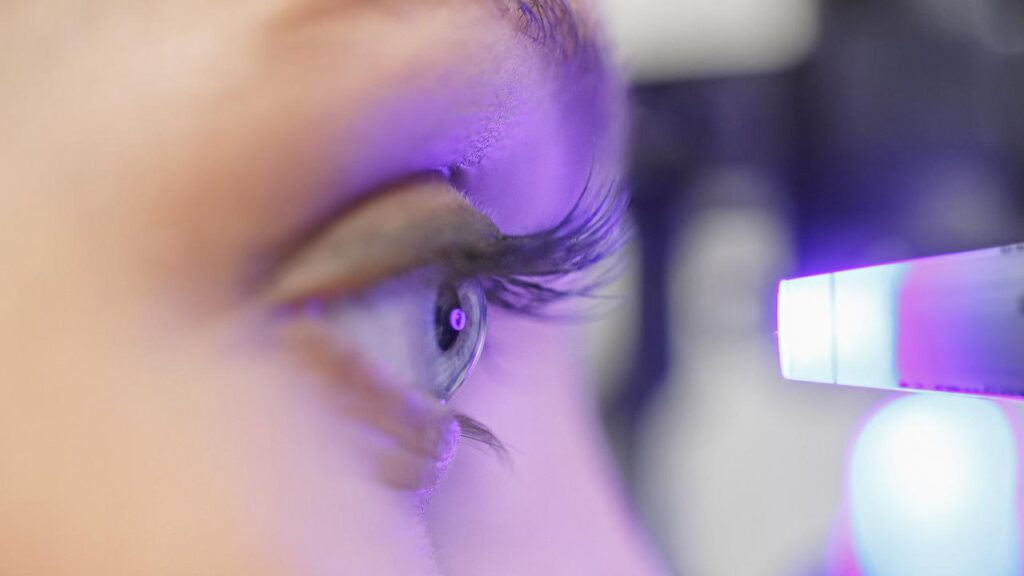In the realm of ophthalmology, cataract surgery stands as a shining beacon of hope and clarity for those affected by this common eye condition. By removing the clouded lens and replacing it with an artificial one, this surgical procedure can restore vision and drastically enhance the quality of life. Today, we embark on a journey to explore the intricacies of cataract surgery, shedding light on its history, the surgical process, its impact on vision, and the psychological effects it entails.
Understanding Cataracts: An Overview
Before diving into the surgical aspects, let us first grasp the fundamentals of cataracts surgery. A cataract refers to the clouding of the eye’s natural lens, which lies behind the colored part of the eye (iris). This condition develops gradually and is often associated with aging. As the lens becomes cloudy, vision becomes progressively blurry, colors may appear faded, and night vision may be impaired.
Cataracts are a common eye condition that affects millions of people worldwide. They can occur in one or both eyes and can significantly impact a person’s quality of life. It is essential to understand the causes, risk factors, and treatment options for cataracts to make informed decisions about eye health.
What are Cataracts?
A cataract forms when proteins in the lens start to clump together, gradually blocking the passage of light through the eye. This leads to diminished visual acuity and hampers daily activities such as reading, driving, and recognizing faces. Click here for navigating the benefits of cataract surgery.
The development of cataracts can vary from person to person. Some individuals may experience a slow progression, while others may notice a more rapid decline in their vision. It is crucial to monitor any changes in vision and seek professional medical advice if cataracts are suspected.

Causes and Risk Factors of Cataracts
While aging is the primary factor contributing to cataract development, other factors can accelerate their formation. These include prolonged exposure to ultraviolet (UV) radiation, diabetes, smoking, steroid medications, and certain eye injuries or inflammation. Furthermore, genetic predisposition and specific medical conditions may increase the risk of developing cataracts.
Ultraviolet radiation from the sun is a known risk factor for cataracts. Prolonged and unprotected exposure to sunlight can damage the proteins in the lens, leading to the formation of cataracts over time. It is crucial to wear sunglasses with UV protection and a wide-brimmed hat when spending time outdoors to reduce the risk of cataract development.
Diabetes is another significant risk factor for cataracts. High blood sugar levels can cause changes in the lens, leading to clouding and vision impairment. Proper management of diabetes through medication, diet, and regular check-ups can help reduce the risk of developing cataracts.
Smoking has been linked to an increased risk of cataracts. The harmful chemicals in tobacco smoke can damage the lens and accelerate the formation of cataracts. Quitting smoking not only benefits overall health but also reduces the risk of developing cataracts and other eye-related conditions.
Steroid medications, such as corticosteroids, can also contribute to cataract development. Prolonged use of these medications, especially in high doses, can increase the risk of cataracts. It is important to discuss the potential side effects of any medications with a healthcare professional to make informed decisions about treatment options.
Eye injuries or inflammation can also lead to the formation of cataracts. Trauma to the eye, such as a direct blow or penetration, can damage the lens and cause clouding. Inflammatory conditions, such as uveitis or iritis, can also increase the risk of cataracts. Prompt medical attention and appropriate treatment of eye injuries and inflammation are crucial to minimize the risk of cataract development.
Lastly, genetic predisposition and certain medical conditions can increase the likelihood of developing cataracts. Some individuals may have a family history of cataracts, making them more susceptible to the condition. Additionally, certain medical conditions, such as obesity, high blood pressure, and previous eye surgeries, can increase the risk of cataracts. Regular eye examinations and discussions with healthcare professionals can help identify and manage these risk factors effectively.
The Evolution of Cataract Surgery
Cataract surgery has come a long way since its inception. Initially, early techniques were limited in their effectiveness, but as the field of ophthalmology advanced, so did the surgical approaches.
Let’s delve deeper into the fascinating history of cataract surgery and explore the significant milestones that have shaped this field.
Early Techniques and Their Limitations
The first attempts at cataract surgery date back thousands of years, with ancient civilizations using rudimentary tools to extract the clouded lens. These early techniques were undoubtedly groundbreaking for their time, but they were associated with a high risk of complications and often resulted in severe visual impairments.
Imagine undergoing a procedure without the benefits of modern anesthesia or sterile surgical environments. Patients had to endure immense pain and discomfort during these early surgeries, making the process even more challenging.
Furthermore, the absence of intraocular lens (IOL) implants meant that patients had to rely on thick corrective glasses or contact lenses to restore their vision. While these visual aids provided some relief, they were far from ideal.
Despite the limitations, these early attempts laid the foundation for future advancements in cataract surgery. They sparked curiosity and a desire to improve the outcomes for patients suffering from this debilitating condition.

Modern Advances in Cataract Surgery
The advent of modern cataract surgery revolutionized the field, offering patients improved outcomes and shorter recovery times. Today, cataract surgery is typically performed using a technique called phacoemulsification.
Phacoemulsification has become the gold standard for cataract surgery due to its numerous benefits. In this procedure, a tiny incision is made in the cornea, and an ultrasonic probe is used to liquefy and remove the cataract-damaged lens. The surgeon then inserts a new artificial lens, tailored to the patient’s needs, often eliminating the need for corrective eyewear.
One of the significant advantages of phacoemulsification is its minimally invasive nature. The small incision size reduces the risk of complications and promotes faster healing. Patients can typically resume their daily activities within a few days, experiencing improved vision and a renewed quality of life.
Moreover, advancements in IOL technology have further enhanced the outcomes of cataract surgery. Today, patients can choose from a wide range of IOLs, including multifocal and toric lenses, which can correct both cataracts and pre-existing refractive errors such as astigmatism.
These modern IOLs have revolutionized the way cataract surgery is approached, providing patients with the opportunity to achieve clear vision at various distances without relying on additional visual aids.
As technology continues to advance, researchers and surgeons are constantly exploring new techniques and innovations in cataract surgery. From femtosecond laser-assisted procedures to the development of adjustable IOLs, the future of cataract surgery holds immense promise.
In conclusion, the evolution of cataract surgery is a testament to the relentless pursuit of improving patient outcomes and enhancing quality of life. From the early techniques fraught with limitations to the modern advancements that have transformed the field, cataract surgery continues to evolve, offering hope and restored vision to millions of people worldwide.
The Cataract Surgery Process: A Step-by-Step Guide
Now that we have gained insight into the evolution of cataract surgery, let us delve into the step-by-step process that patients undergo when opting for this transformative procedure.
Cataract surgery is a highly effective procedure that restores vision and improves the quality of life for millions of people worldwide. It is a relatively quick and safe surgery that involves the removal of the cloudy lens and the implantation of an artificial lens, known as an intraocular lens (IOL). Let’s explore each step of the cataract surgery process in more detail.
Pre-Surgery Evaluation and Preparation
Prior to the surgery, patients undergo a comprehensive eye examination to assess their overall eye health and determine the best course of action. This evaluation includes measuring vision, checking eye pressure, and obtaining detailed measurements for the IOL implantation. The surgeon will also take into consideration the patient’s medical history and any existing eye conditions. Based on these findings, the surgeon formulates a personalized surgical plan.
During this evaluation, the surgeon will discuss the different types of IOLs available and help the patient choose the most suitable one. There are various types of IOLs, including monofocal, multifocal, and toric lenses, each offering unique benefits depending on the patient’s visual needs and lifestyle.
The Surgery Procedure
On the day of the surgery, patients are ushered into the operating room, where they are made comfortable on a reclining chair. The surgical team ensures that the patient is relaxed and at ease before proceeding with the procedure. Local anesthesia is administered to ensure a painless experience. The patient remains awake throughout the surgery, but the eye being operated on is completely numb.
Once the eye is numb, the surgeon creates a small incision in the cornea. This incision is typically less than 3 millimeters in size and is strategically placed to minimize astigmatism and promote faster healing. The surgeon then uses a state-of-the-art technique called phacoemulsification to break up the cloudy lens into tiny fragments using ultrasound energy. These fragments are then gently suctioned out of the eye.
With the cloudy lens removed, the surgeon carefully inserts the IOL into the eye. The IOL is folded or rolled before insertion, allowing for a smaller incision size. Once inside the eye, the IOL unfolds and positions itself naturally. The surgeon ensures that the IOL is meticulously aligned for optimal visual outcomes, taking into account the patient’s unique prescription and desired visual goals. The tiny incision is self-sealing, eliminating the need for stitches.
Post-Surgery Care and Recovery
Following the surgery, patients are given detailed instructions for post-operative care. Eye drops are prescribed to prevent infection and facilitate healing. It is normal to experience mild discomfort or itching in the days following surgery. The surgeon may also recommend wearing a protective shield over the eye while sleeping to prevent accidental rubbing or pressure.
During the recovery period, it is essential for patients to attend follow-up appointments with their surgeon. These appointments allow the surgeon to monitor the healing process and ensure that the eye is recovering as expected. Any concerns or questions can be addressed during these visits.
Full recovery typically takes several weeks, during which patients are advised to avoid strenuous activities and to refrain from rubbing or putting pressure on the eye. It is important to follow the surgeon’s instructions diligently to promote proper healing and achieve the best possible visual outcome.
Cataract surgery has revolutionized the field of ophthalmology, providing a safe and effective solution for those suffering from cataracts. With advancements in technology and surgical techniques, the procedure has become even more precise and predictable, resulting in improved visual outcomes and enhanced patient satisfaction.
By understanding the step-by-step process of cataract surgery, patients can approach the procedure with confidence and have a clear understanding of what to expect. If you or a loved one is considering cataract surgery, consult with an experienced ophthalmologist who can guide you through the process and help you regain clear vision.

The Impact of Cataract Surgery on Vision
Having explored the technical aspects of the surgery, let us now examine the profound impact cataract surgery can have on visual function and overall well-being.
Immediate and Long-Term Effects on Vision
Cataract surgery often yields immediate improvements in vision. Colors become more vibrant, and objects appear sharper and more distinct. Over time, the brain adapts to the improved visual input, and patients often report enhanced depth perception and overall visual acuity. Furthermore, studies have shown that cataract surgery can reduce the risk of falls and enhance night-time driving capabilities.
Potential Complications and How They’re Managed
While cataract surgery is generally safe, like any surgical procedure, it carries some inherent risks. These risks include infection, bleeding, retinal detachment, and the development of a secondary cataract. However, modern techniques and stringent safety protocols have significantly reduced the occurrence of such complications. Surgeons closely monitor patients post-surgery to detect and manage any potential issues promptly.
The Psychological Impact of Cataract Surgery
Beyond its physical effects, cataract surgery can have a profound psychological impact on patients, offering a renewed sense of freedom and confidence.
Improvements in Quality of Life
Optimal vision plays a crucial role in daily life, allowing individuals to engage in activities they cherish. Cataract surgery empowers patients by enabling them to pursue hobbies, maintain independence, and enjoy interpersonal connections with greater clarity. The restoration of clear vision often leads to a significant improvement in overall quality of life.
Dealing with Anxiety and Fear Pre-Surgery
It is natural for patients to experience anxiety or apprehension before undergoing surgery. To address these concerns, surgeons and their teams prioritize patient education and open communication. By thoroughly explaining the procedure, addressing individual worries, and providing support, the surgical team creates a comforting environment that helps alleviate pre-surgery fear and anxiety.
As we conclude our illuminating excursion through the transformative journey of cataract surgery, we come to understand the intricacies and impact of this remarkable procedure. By restoring visual clarity, cataract surgery offers patients a renewed lease on life, empowering them to see the world through a fresh lens. Moving forward, let us continue to celebrate the advancements in ophthalmology and the innovative techniques that continue to unravel the mysteries of sight.

